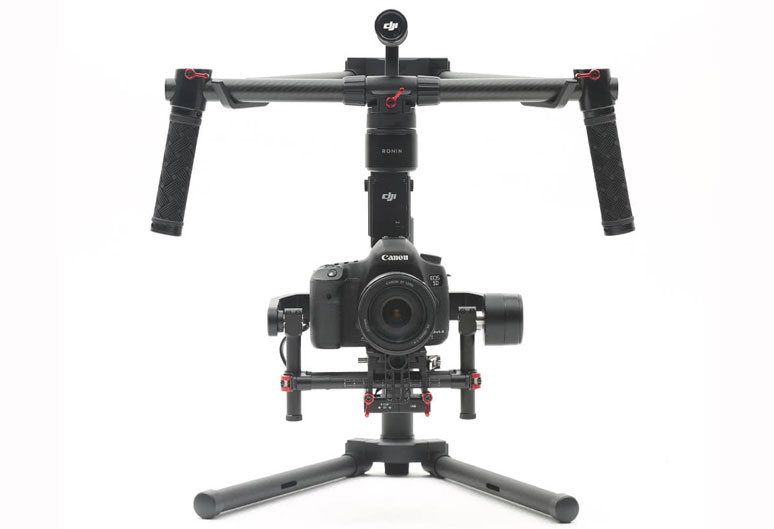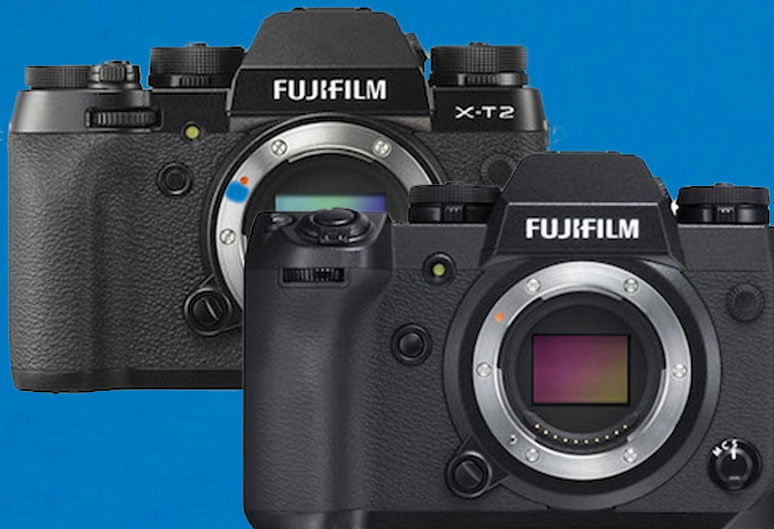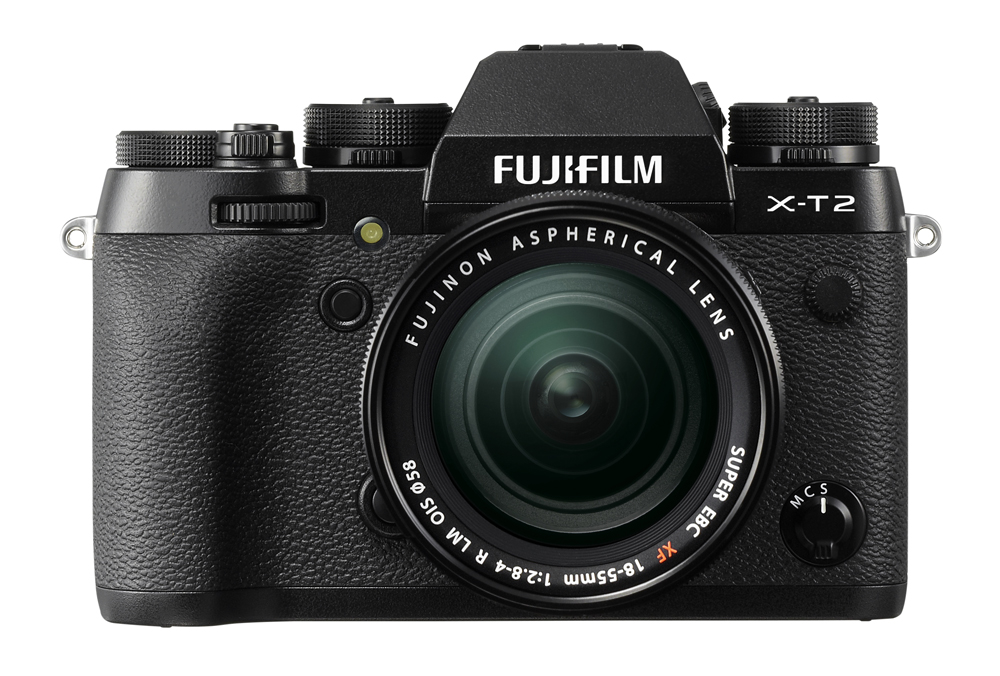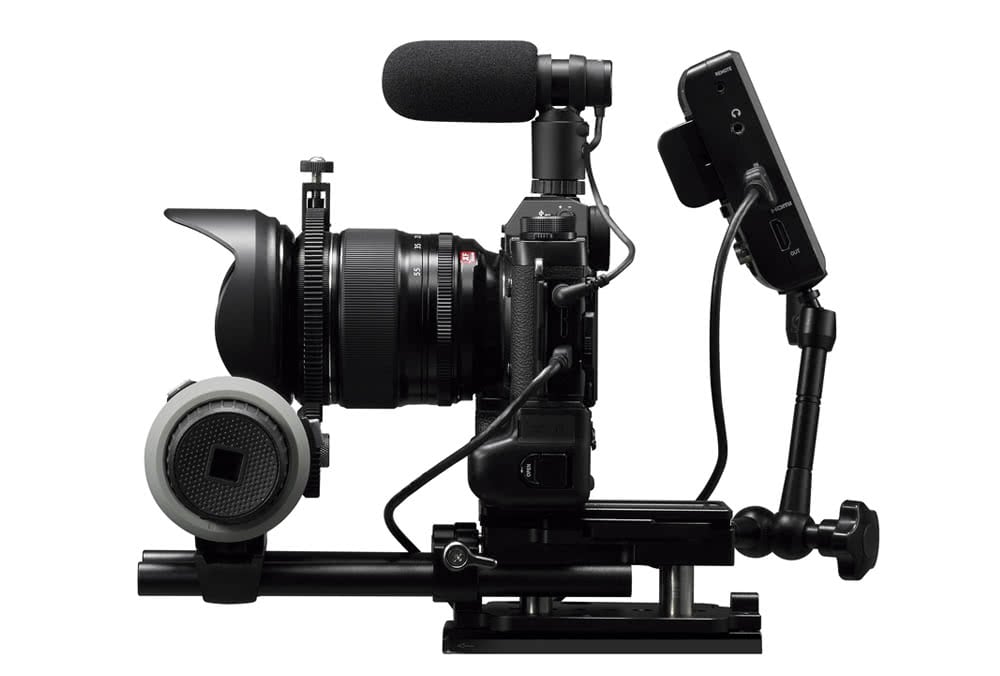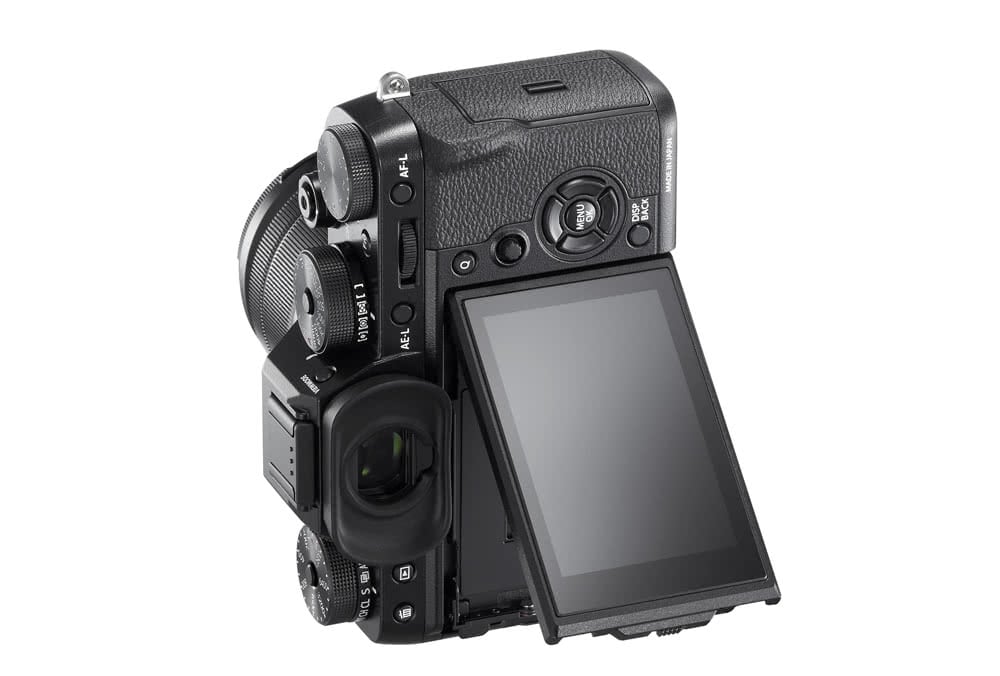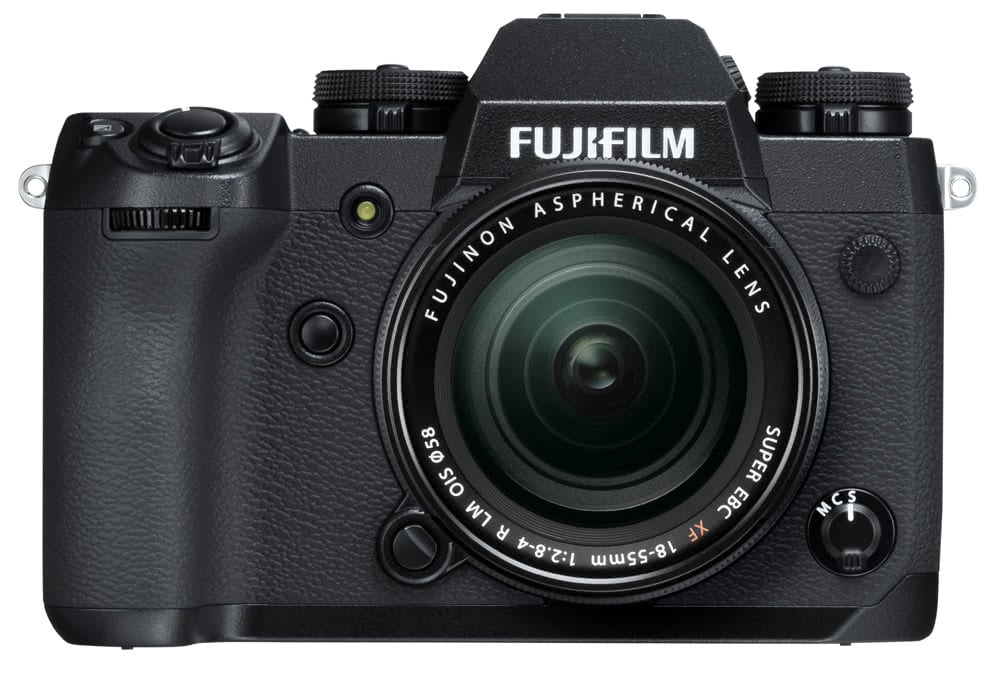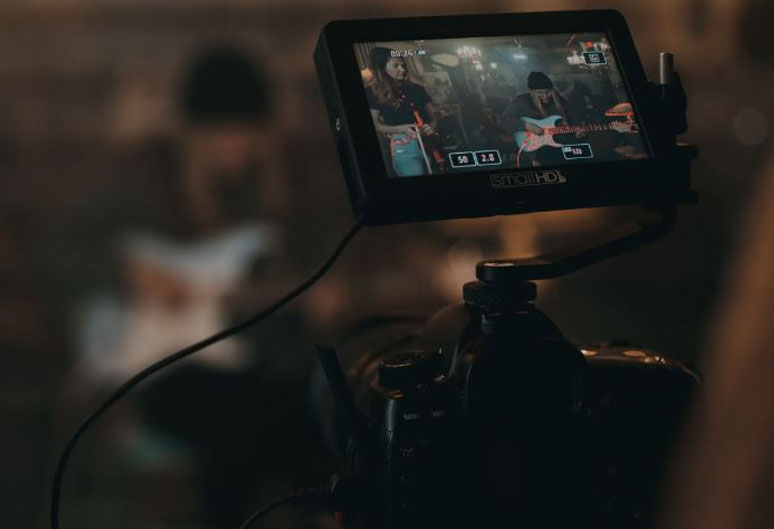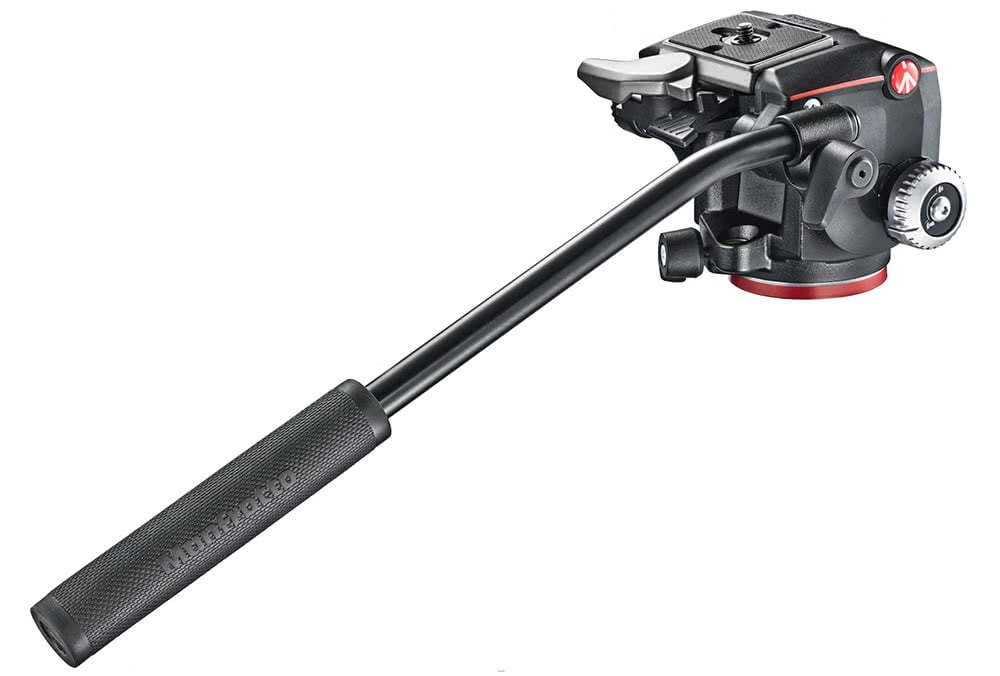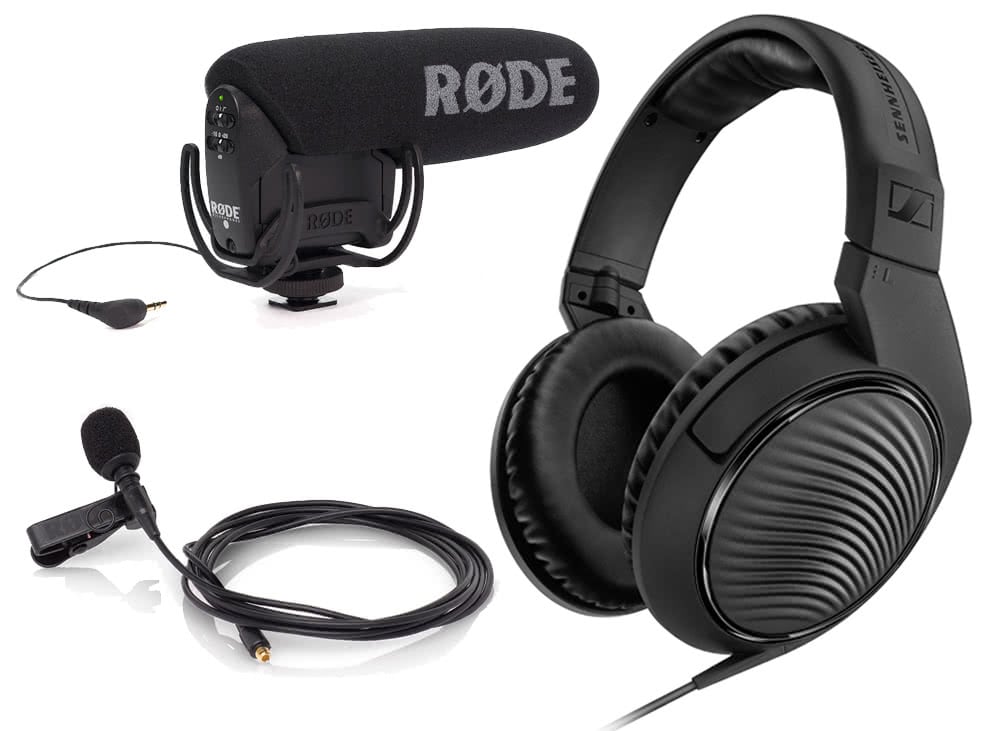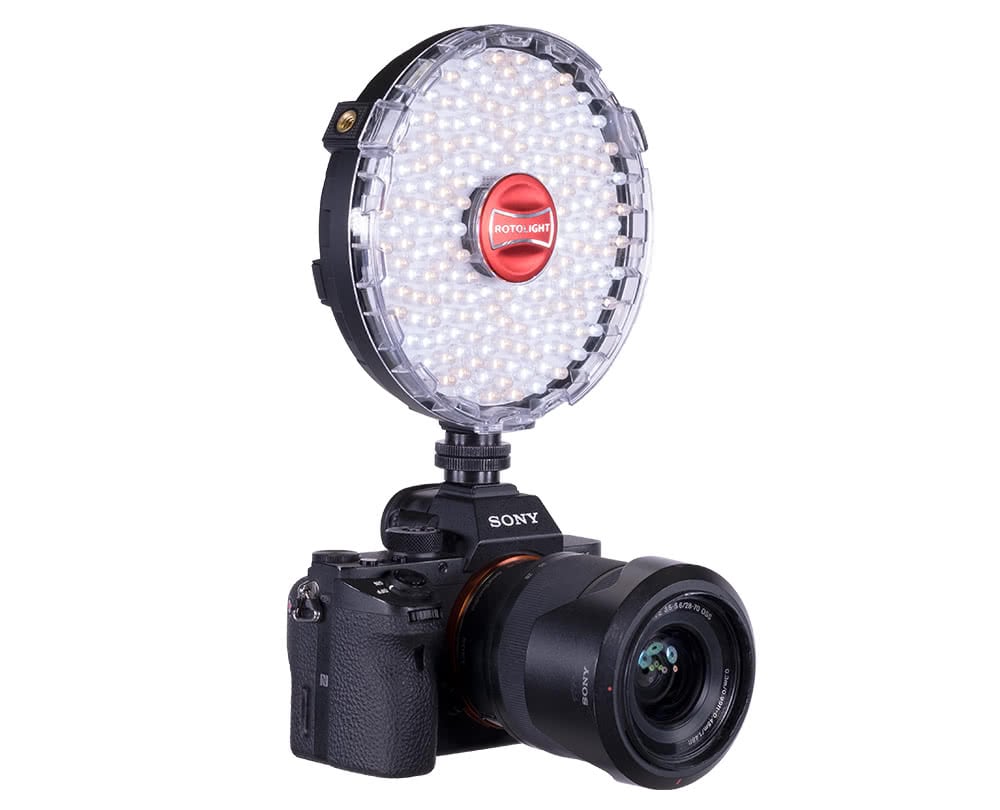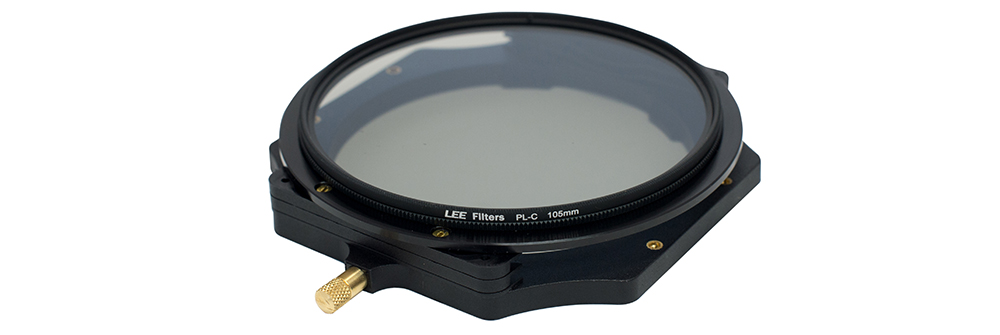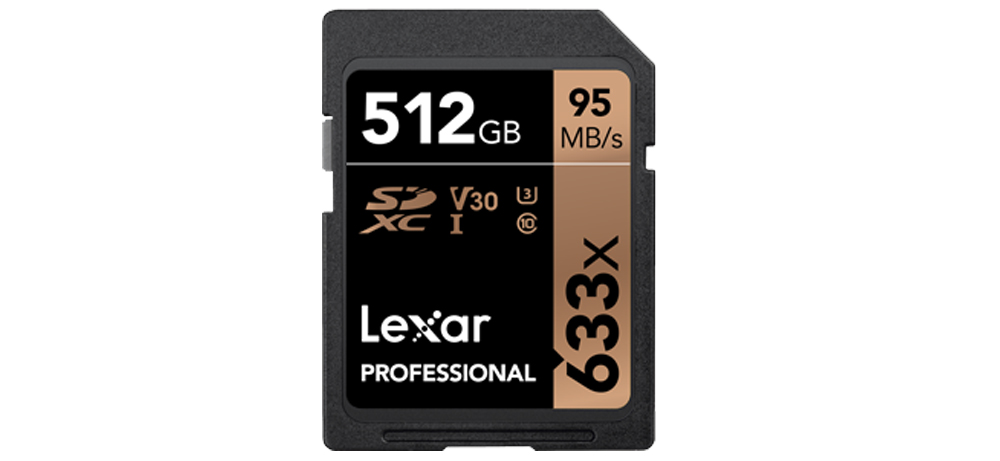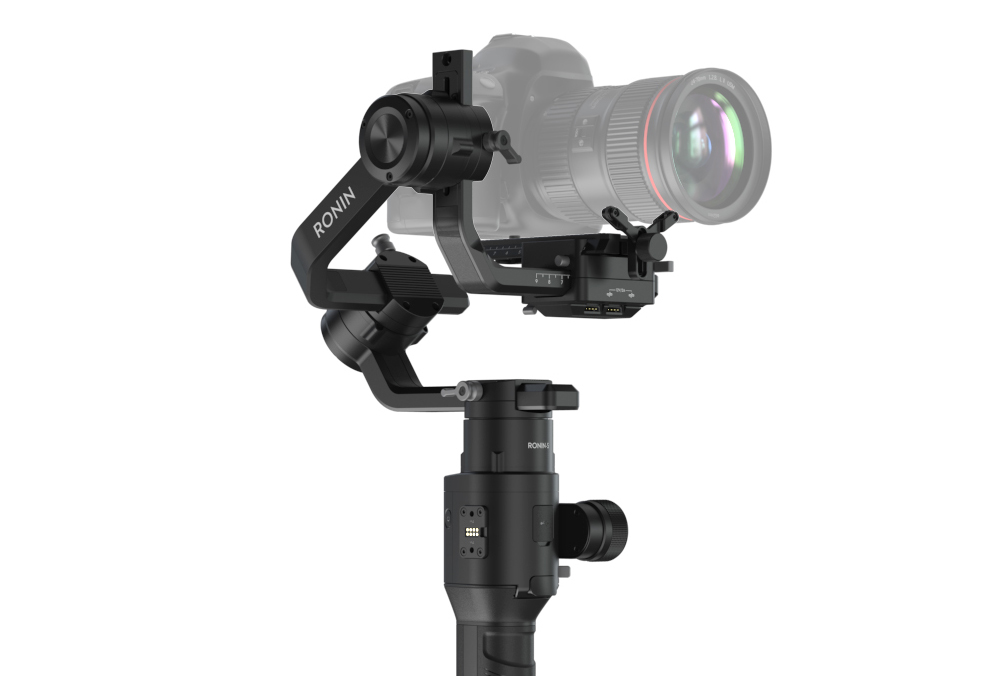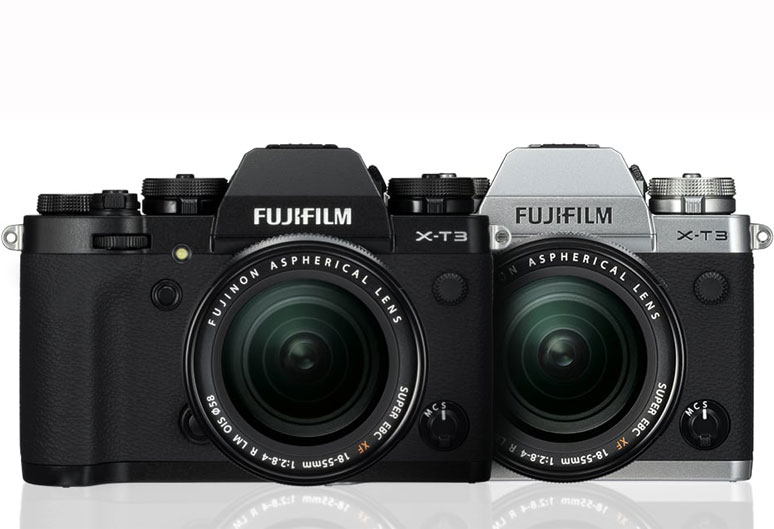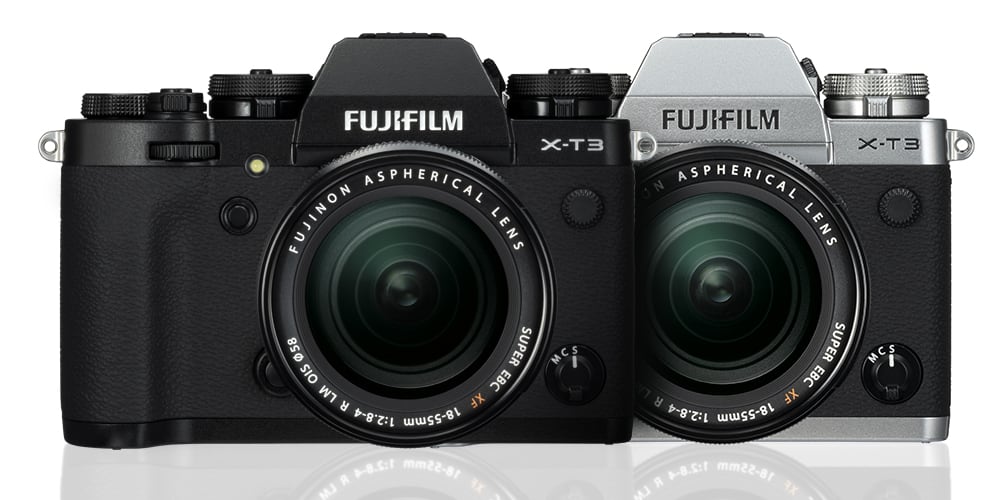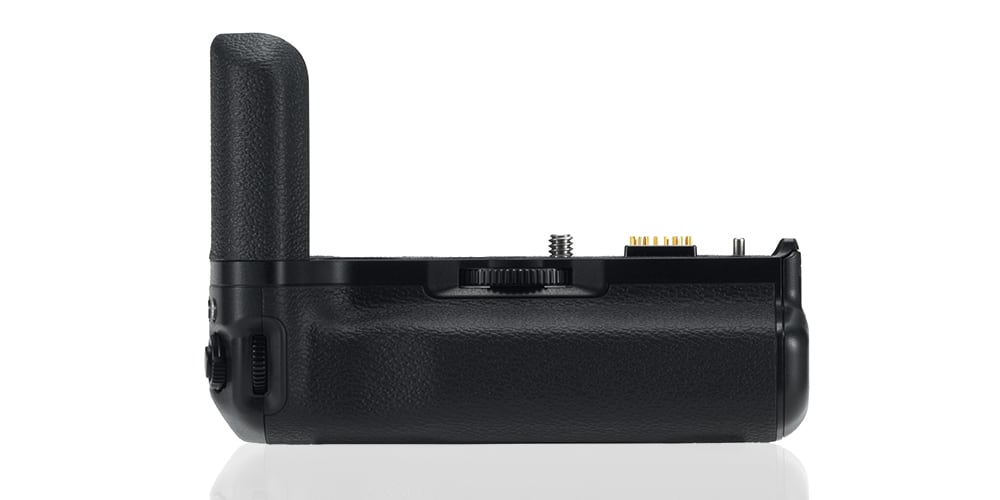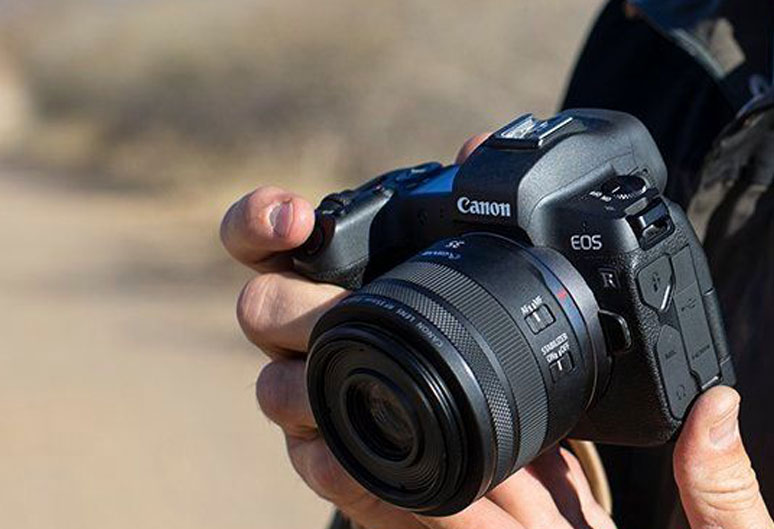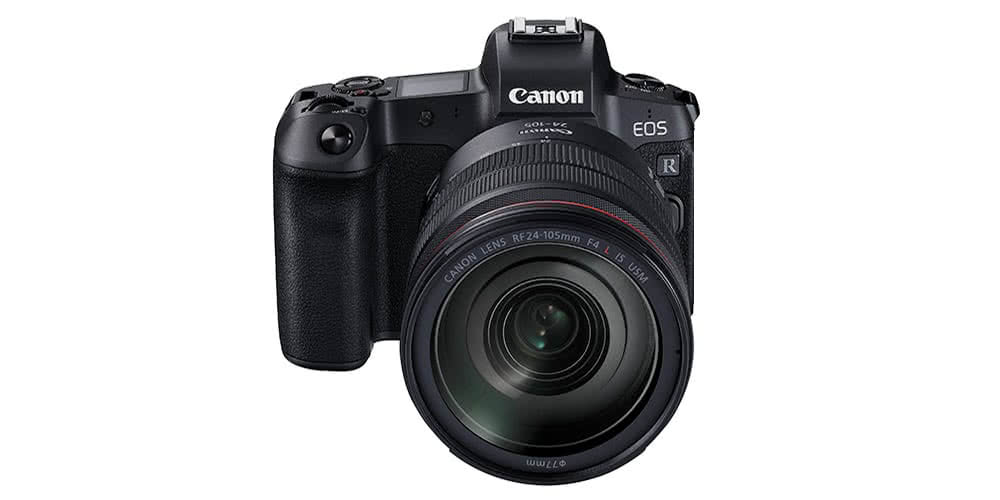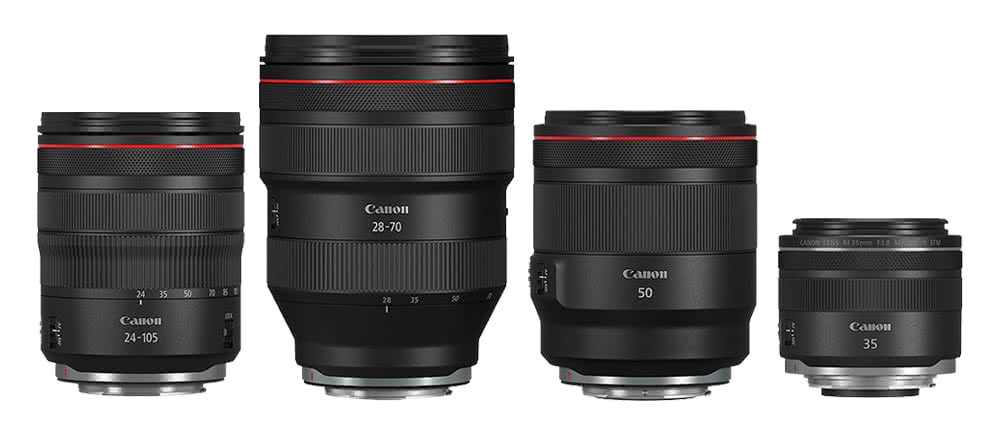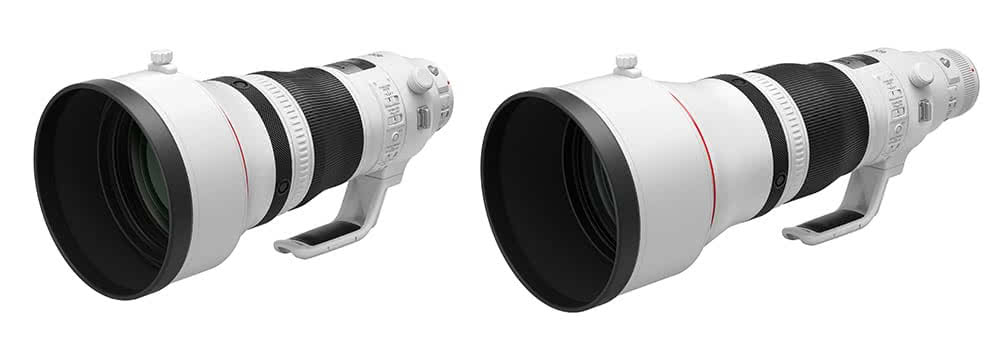If you’re doing video work with your mirrorless camera, it’s worth being aware of the world of accessories at your disposal. We pick some of the best that will play to the strengths of your system and help you get the best possible results.
A shoulder rig
The small form-factor of mirrorless cameras makes them perfect candidates for rigs, which can allow you to create complex camera movements while keeping your footage stable and smooth. Building your own rig can be a complex process that varies greatly depending on your needs, so to start with we’d suggest getting hold of something fairly simple like a shoulder rig, which allows you to keep your camera smooth and steady while you run and gun.
Once you get more confident, your rigs can get more intricate, but this is a good place to start.
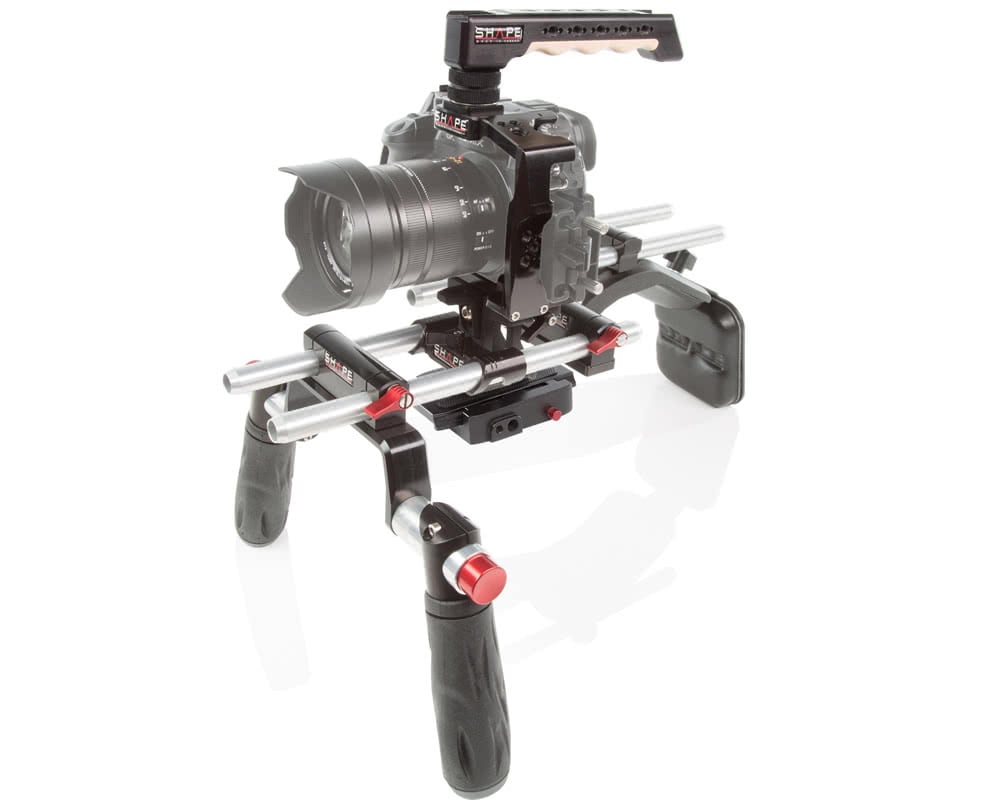
A motorised gimbal
In a similar vein, a handheld gimbal gives you the optimal balance between flexibility and stability, allowing you to keep your shots steady while moving at pace. It’s especially useful if you’re filming in a situation where you aren’t quite sure what to expect, allowing you to react quickly without jeopardising your footage.
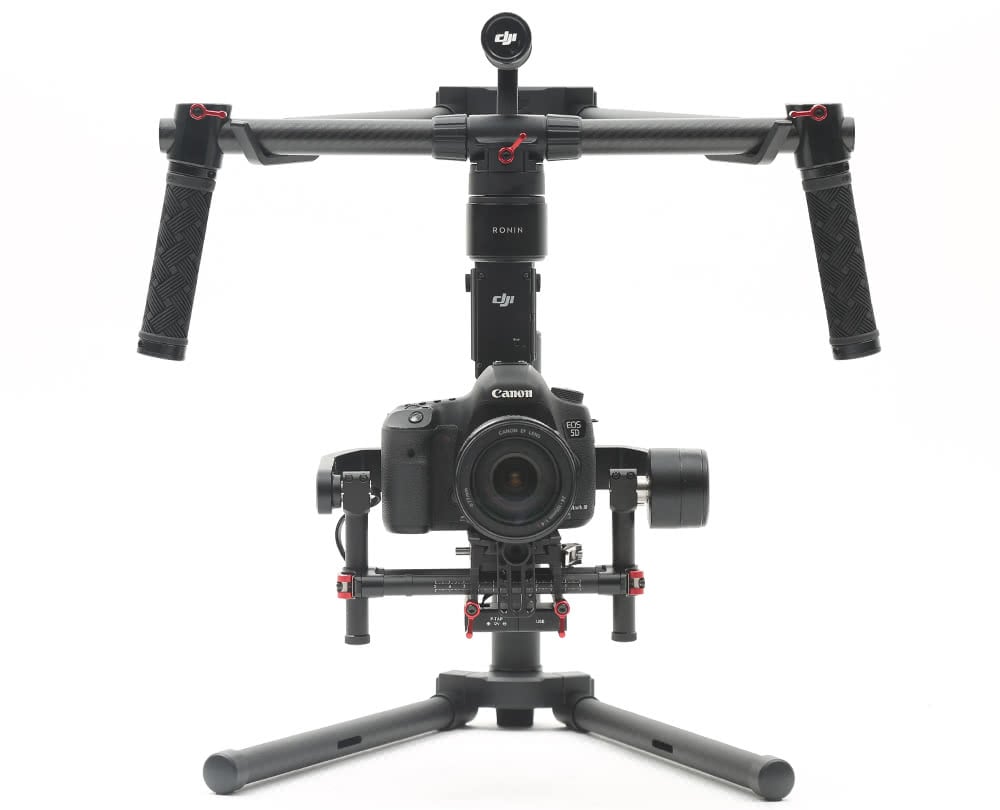
Matte box and filters
The matte box that attaches to the front of a lens serves two distinct purposes — firstly, to cut down on lens flares and unwanted light in your shot. The second, to allow for the easy attachment and swapping of filters that you might need for particular situations, such as ND filters to control light. These are relatively inexpensive accessories that can make your life much, much easier, and it really can’t hurt to pick them up as soon as possible.
Plus, we can admit it: a camera with a matte box on the front just looks the part when it comes to filmmaking. Hey, sometimes it’s nice to go about things with a little style.
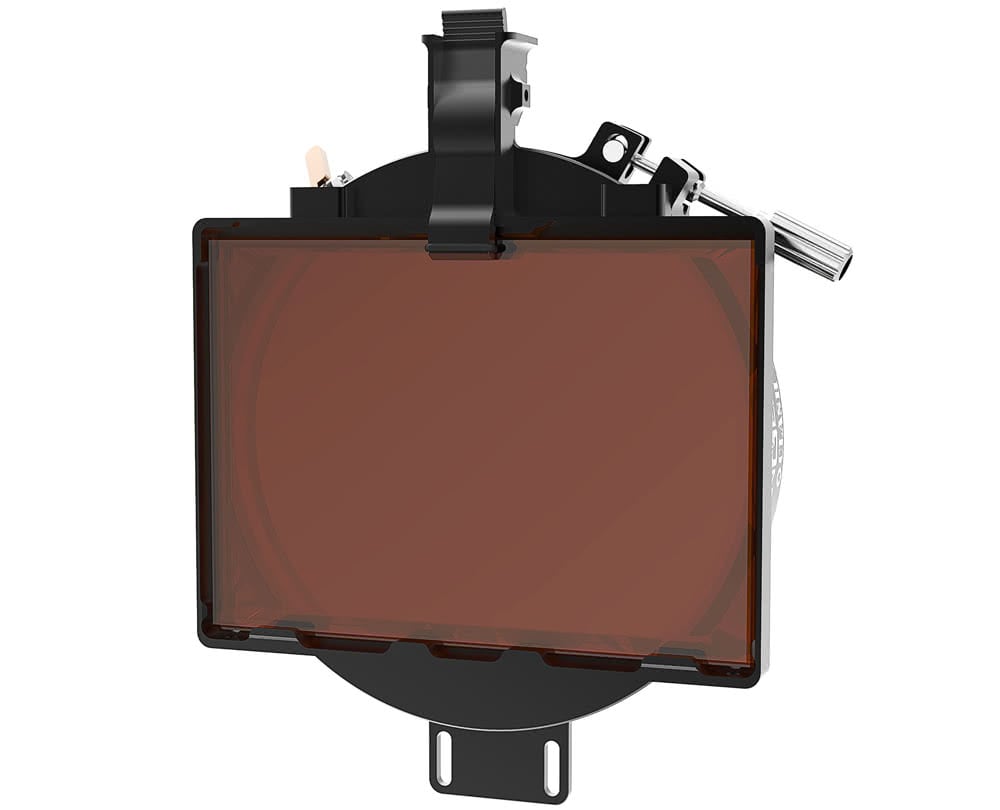
Microphone and lighting
You need to get great audio in your videos, and a hotshoe-mounted microphone is the best way to go about this. In the future you may want all sorts of mics for all sorts of situations, but for now a simple, straightforward camera-mounted model is going to make a world of difference.
You’re also going to want to be able to control your lighting, and an LED panel is a good bet for this. The best ones will allow you to fine-tune the temperature and power of the light you’re using, ensuring that you have the absolute perfect settings for your shot.
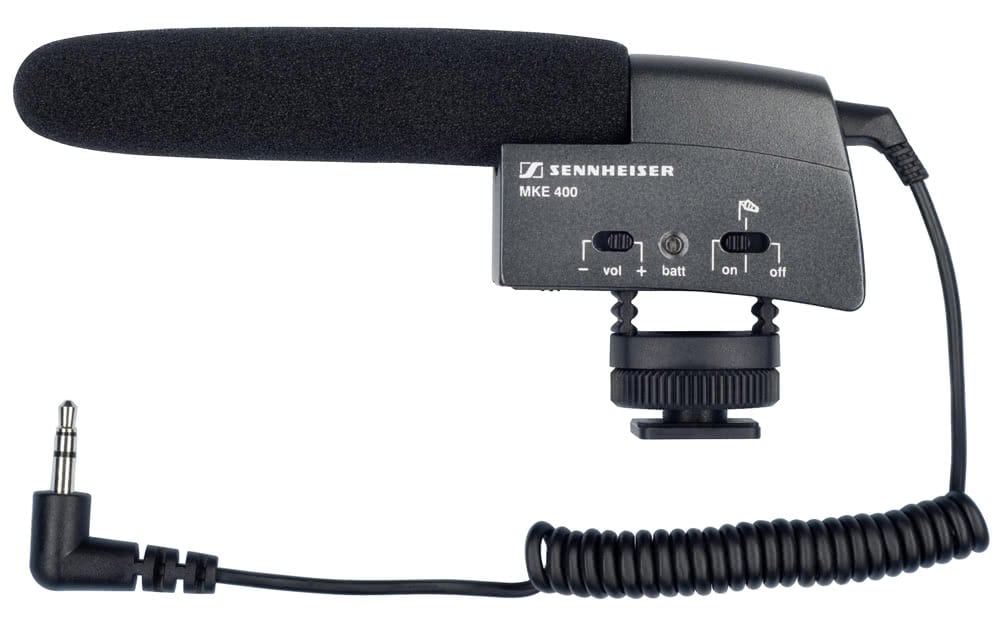
Monitor/recorder
The rear LCD is all well and good, but for best results you want something a little more powerful. A bright, high-quality, high-contrast monitor will allow you to accurately compose and focus your shots even in challenging conditions, and will have a full suite of options allowing you to tweak its settings to just the way you like them. Making use of a more advanced recorder like an Atomos Ninja Inferno will allow you to do things like monitor the dynamic range of a Log image, as well as record video in a wide range of codecs to maintain quality while conserving space.
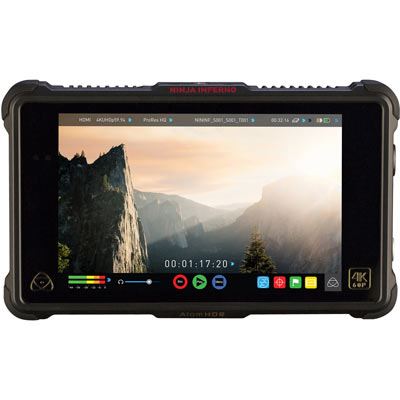
A robust and comfortable bag
The advantage of a mirrorless system is its portability so lean into this and get a bag that can house and protect all of your gear while being comfortable to carry around. You may favour backpacks, rolling bags, doctor-style bags or something else entirely, but the good news is that the selection of photo/video bags on the market is exceedingly broad, and it’s very likely indeed there will be something to suit your needs.
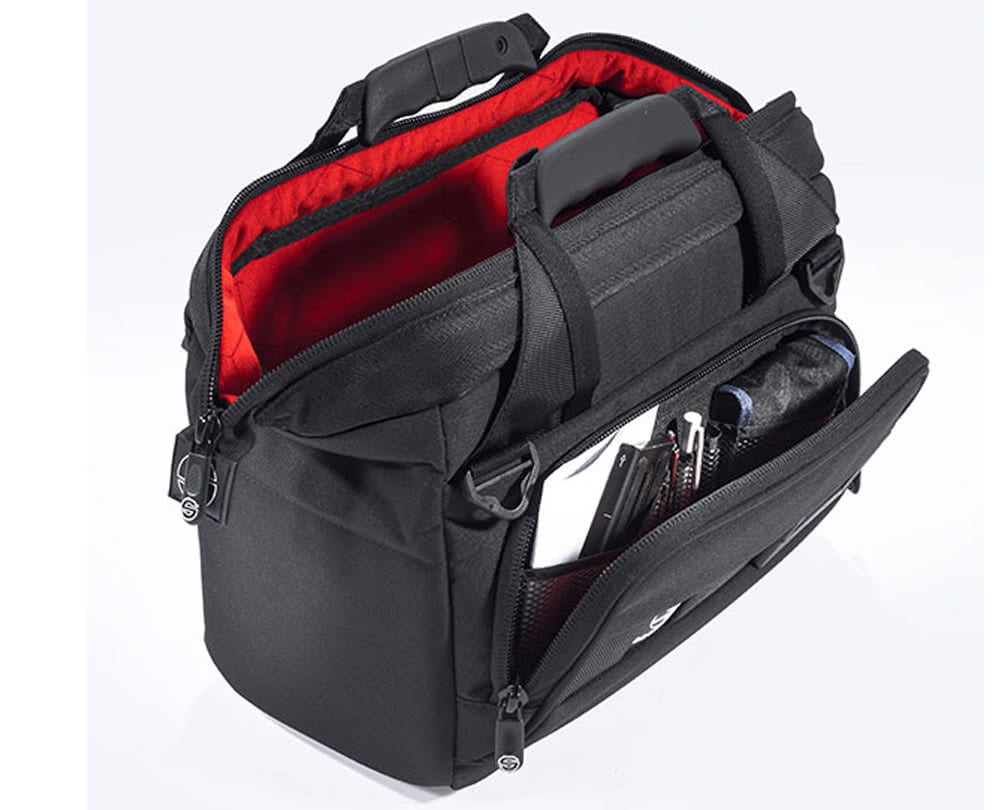
Backups
Backup batteries, backup cards — basically, if it breaking would ruin your day, then chances are you need a backup of it. If you’ve only got one shot at capturing your subject — an event, a race, a news story, a wedding — then you need to make sure you won’t be undone by gear failure (or the more human failure of an incompletely packed bag). If you can’t afford to double up on the big stuff, hiring can be a good solution.
A good selection of lenses
Make sure you’re prepared. Whether you prefer the quality of primes or the flexibility of zooms, having the focal lengths in your bag to cover all distances you might need is essential.
There’s more to it of course, but this should give you a basic idea as to where to start with equipping your mirrorless camera for video. If you need any more advice, don’t hesitate to get in touch with the team!

